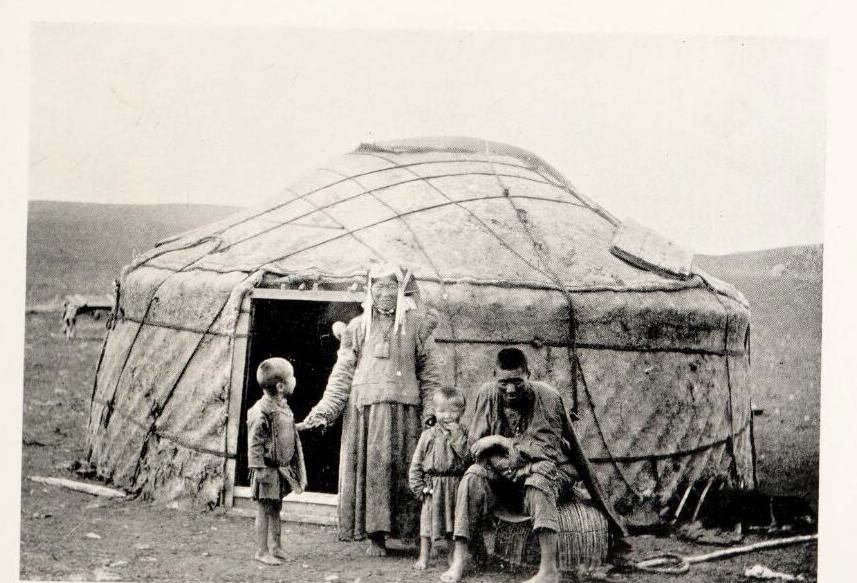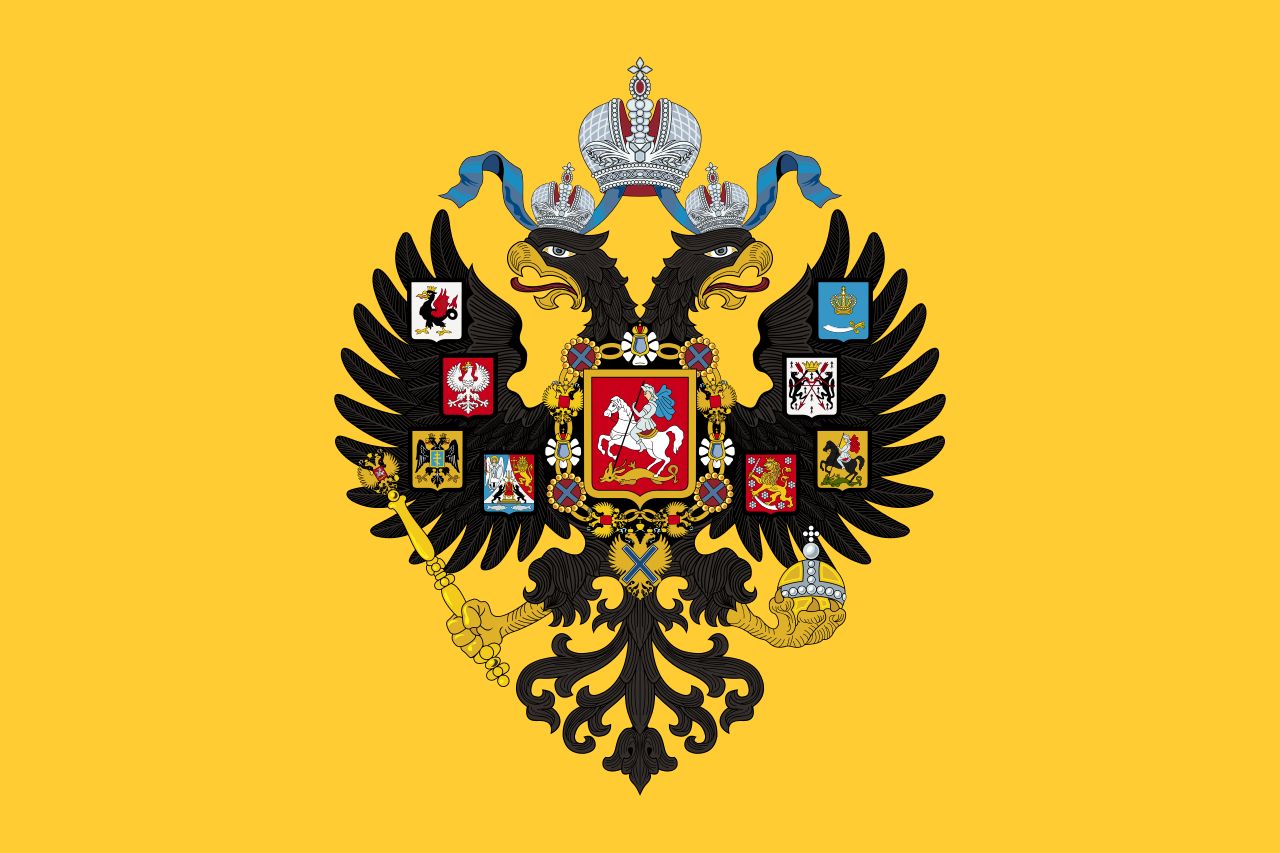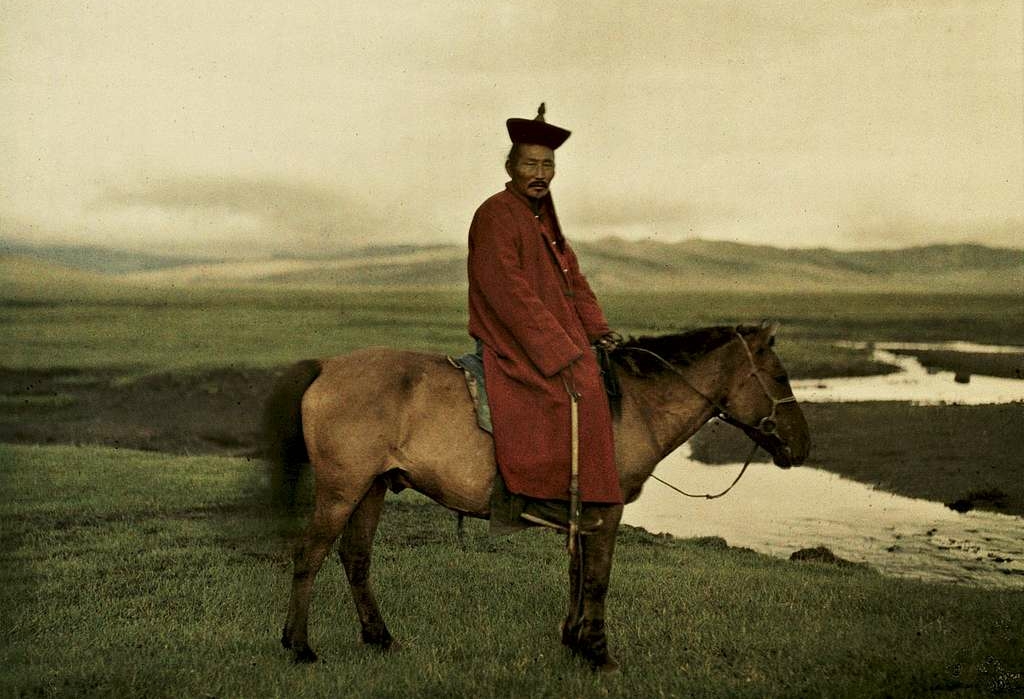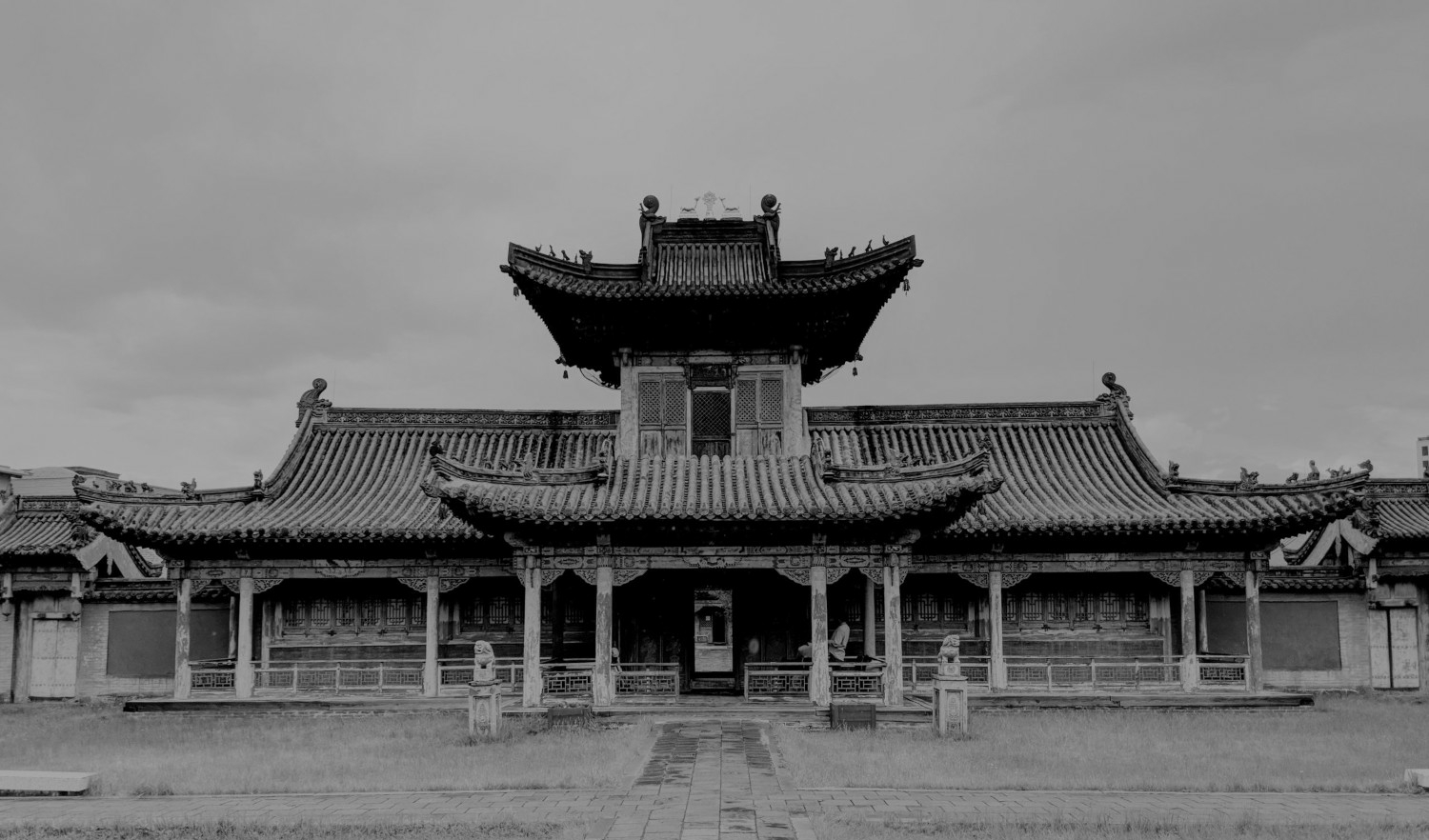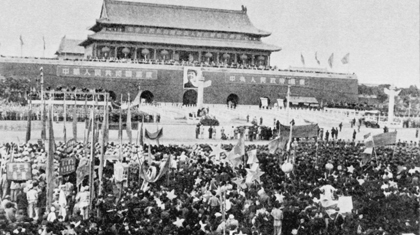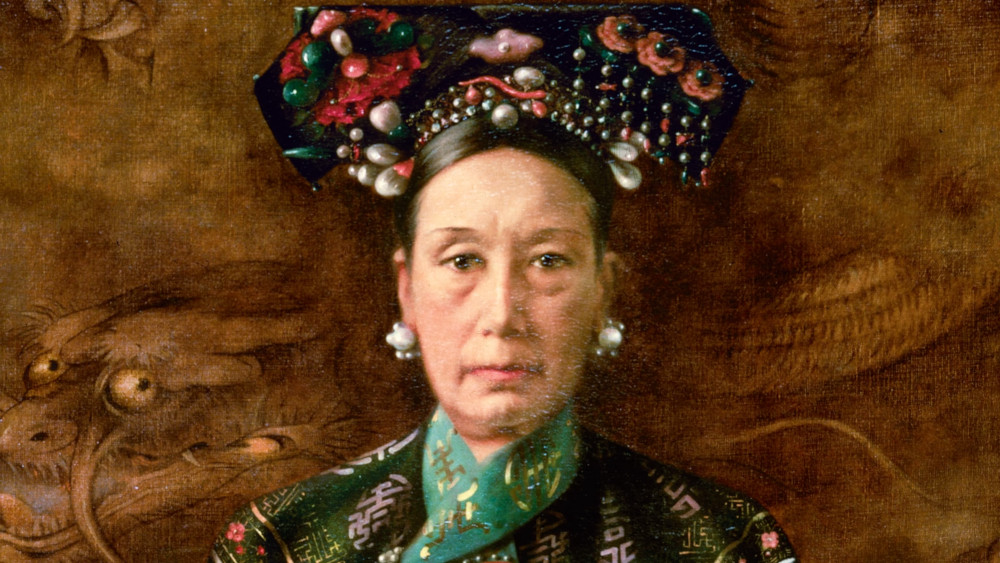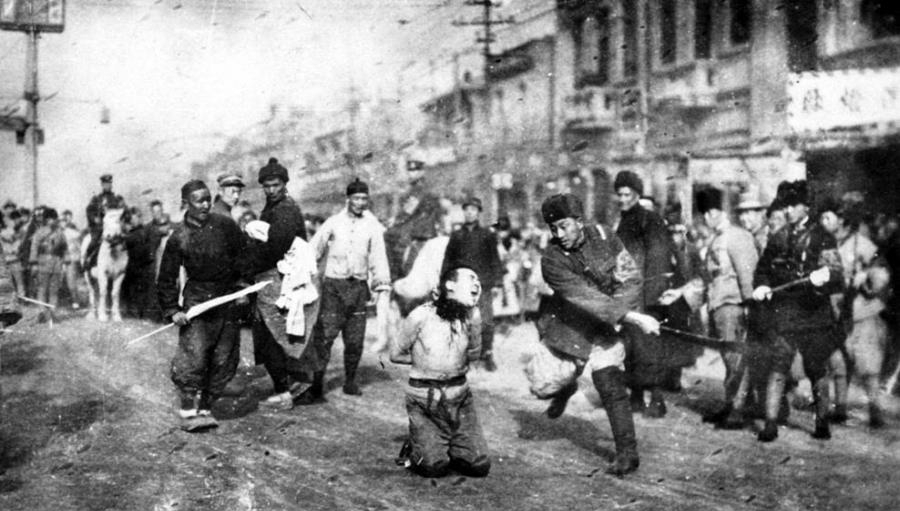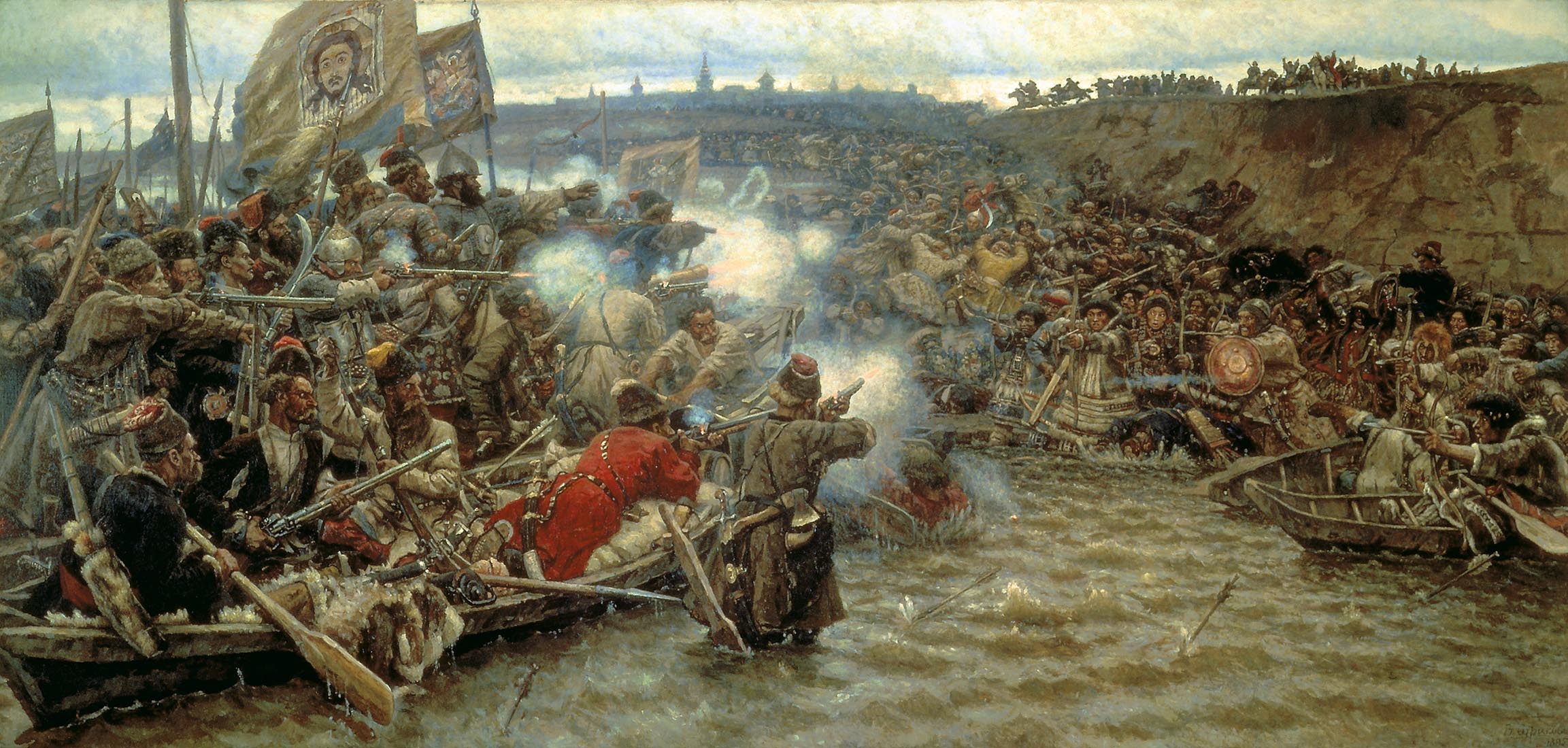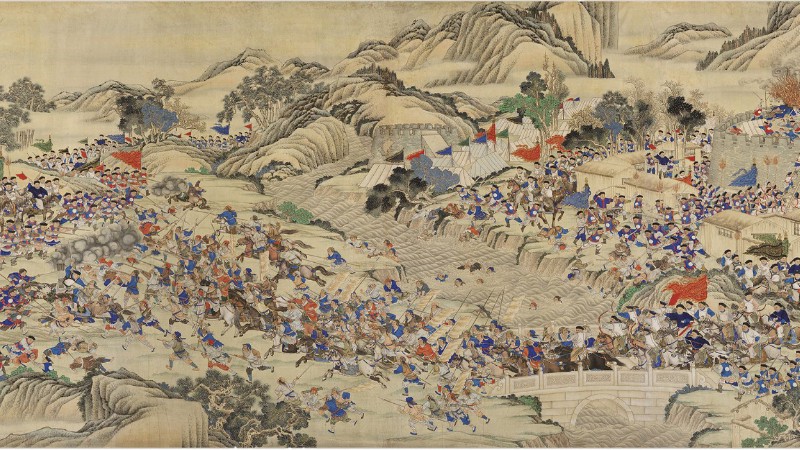Uriankhai was a strategic region, full of natural resources that Russia was determined to gain. Although Russia had taken Buriad Mongolia under the 1727 Sino-Russian Treaty of Kyakhta (Buur), Uriankhai, like the other Mongol aimags, was under the rule of the Qing Dynasty, which prevented Russian involvement. After 1761, the western Tannu Uriankhai were governed […]
